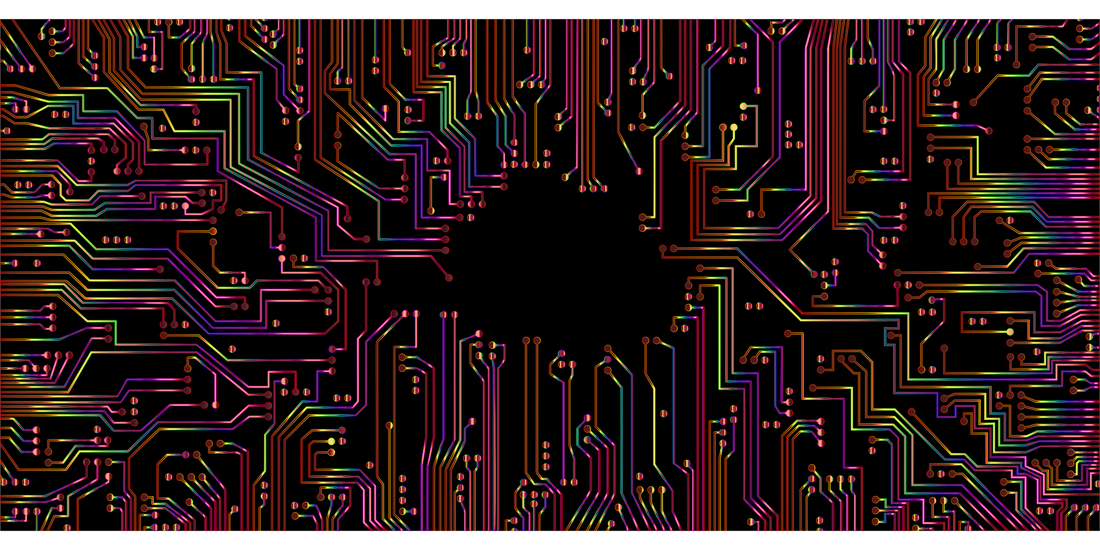|
Computer Science - Data Assets
After people, data assets are typically given the highest value by both individuals and companies. Data are unprocessed elements that can be transformed into information (now called information), such as summaries and reports. Reports can give quick access to data analysis, which can lead to better business decisions. It's simple to repair a broken operating system, but how do you restore research data, customer transaction data, service sales information, and other data without backups? Enterprises are required to safeguard data confidentiality as well as make sure information is accessible when needed and fast recoverable in the event of a disaster. In many instances, businesses must abide by laws and rules pertaining to the collection, use, and capture of data. Some facts have special or creative qualities. Intellectual property refers to this kind of information (IP). To name a few, Authors can use copyrights to protect their creative works, whereas inventors can use patents to protect their creations. Many copies of some IP, such as a digital music file or movie, are intended to be sold; they are referred to as "digital products." Another component of IP is a trademark, which is a distinctive symbol or phrase used to distinguish a company or item.
0 Comments
Computer Science - Data Storage
Modern computing is built on the ability to store enormous amounts of data and programmes for future use, making it difficult to fathom what the earliest computers looked like. Programs and data were frequently typed by hand, incorporated directly into the device, or recorded as a series of holes punched in paper cards or tape in the decades before massive, high-quality internal data storage devices were the norm. For a very long period, these restrictions kept programmes small and straightforward. The first commercial data storage devices of the early 1950s could have easily stored a small modern smartphone app (or even simply a picture taken with one), but doing so would have cost thousands of dollars per month in today's currency. Files are often used to organise data. Even though these are frequently assembled from numerous separate files, every image, song, video, and piece of writing typically has its own file. Programs can consist of just one file, but the majority of contemporary apps include multiple files, in which case the programming instructs the computer on how to assemble all the components. Computer Science - Programming
Programming is the means by which programmers have control over the type of work that these computations do. For computers, there are two types of programming: operating systems and applications. Interacting with a computer is made possible by an operating system (OS). It specifies the commands the system may execute as well as the methods you can use to click, talk, tap, or input them. Applications are a type of specialised programming (or programme) that gives the computer the ability to carry out particular tasks. Before continuing, there are a few more words you should be familiar with, so let's look at how they relate to the iPhone, a well-known smartphone. A device is the iPhone. It is a gadget or bit of hardware, so you can throw it out a window. The iPhone has a processor inside that handles most of the calculating and processing tasks, and Apple iOS serves as the device's operating system. This programming or software provides you with screen icons to hit, among other things. Everything else is framed or given form by the operating system. • FaceTime is an app, a piece of software that lets you carry out a particular job. Computer Science -Processors
Despite the varied functions that each of these devices performs, they are all powered by one or more extremely quick electronic calculators known as processors, which carry out (or execute) calculations that are specified by the device's programming. The basic things you need to know about processors are that they are all quite similar and that all of these devices employ processors to conduct work, however we could go into graphic detail about how processors function at the microscopic level. Computer Science-Internet of Things (IOT) Devices
Internet of Things (IoT) devices which exclude conventional desktops, laptops, servers, and smartphones, are specialised computing devices that exchange data over the Internet. These are some examples of IoT devices: Smart automobiles, baby monitors, residential and commercial environmental control, home appliances like refrigerators, and voice-activated speakers like Amazon Echo, Google Home, and Apple HomePod are just a few examples of the technology that is used to monitor patients. IoT device sending data can provide various security risks, such as the potential for remote attacker control of an IoT device. |
AuthorAnything you need to know about computer science Archives
May 2023
Categories
All
|

 RSS Feed
RSS Feed